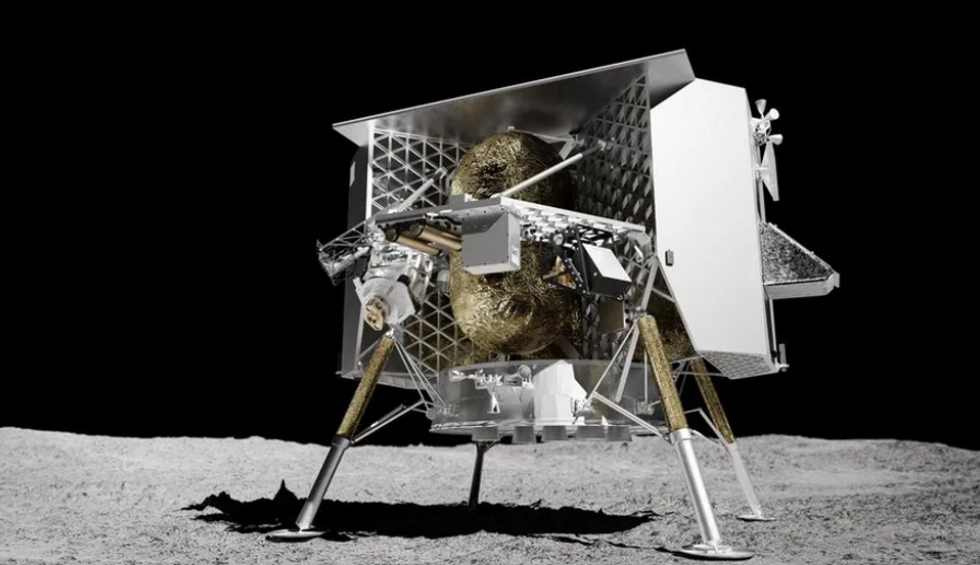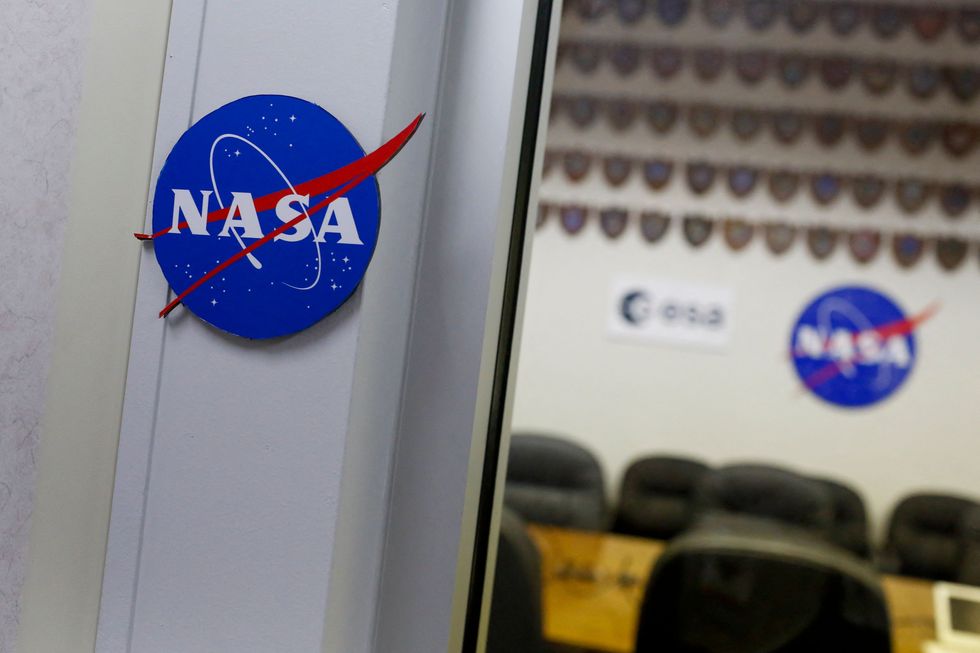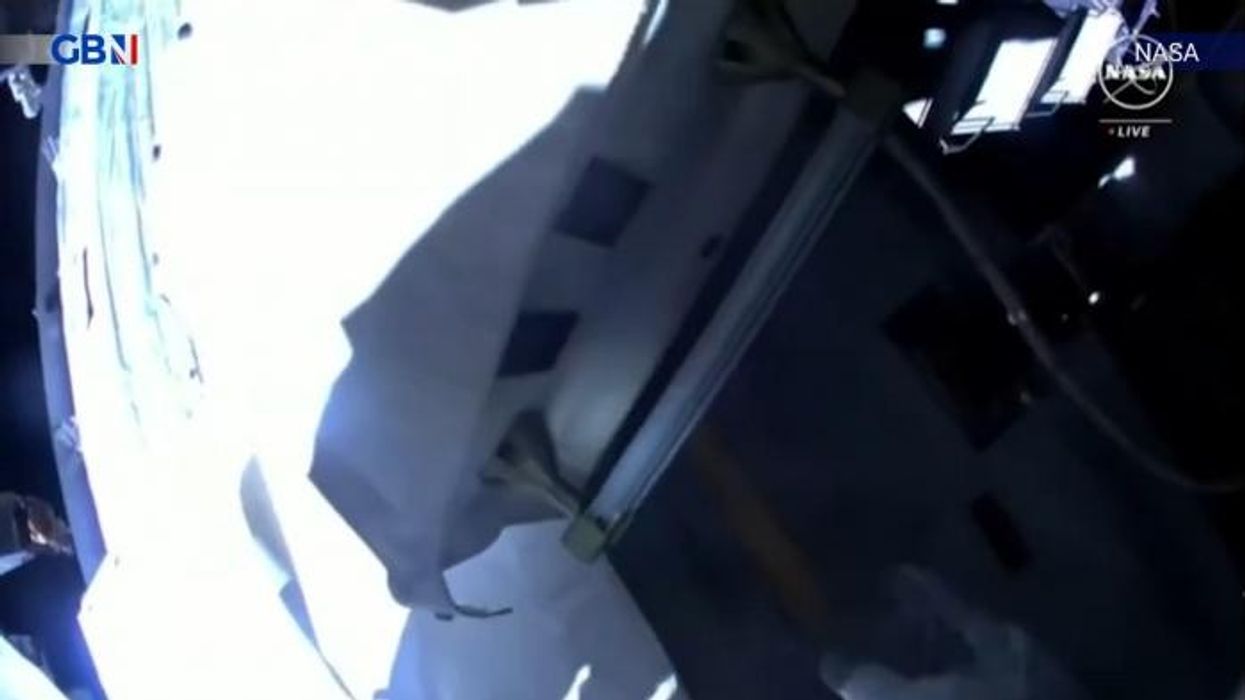Nasa's moon lander now rapidly plunging towards Earth after mission failure

The spacecraft was scheduled to land on the moon on February 23
Don't Miss
Most Read
Latest
A US spacecraft which attempted to land on the moon is surging back towards Earth after it failed to complete its mission.
The Peregine Mission-1 lunar lander is expected to “burn up” during re-entry into the Earth’s atmosphere in the next few days, according to its maker Pittsburgh-based space company Astrobotic.
The spacecraft departed Earth January 8 and was scheduled to land on the moon on February 23.
However, the spacecraft – the first ever private US Moon lander mission – began to leak propellant just hours after it was launched from Cape Canaveral Space Force Station, Florida.

Nasa's moon lander now rapidly plunging towards Earth after mission failure
|Astrobotic
Astrobotic scientists have been working with Nasa and the US government to assess the lander’s controlled re-entry path, finding the safest way to end the Peregrine mission.
They are “evaluating” the best way to protect satellites and not create space debris as the spacecraft burns up.
Following the “critical” fuel leak which began last week, the company said there was “no chance” it would achieve its goal of landing on the lunar surface.
In an update, Astrobotic said: “The recommendation we have received is to let the spacecraft burn up during re-entry in Earth's atmosphere.
SPACE LATEST:

The Peregine Mission-1 lunar lander is expected to 'burn up' during re-entry into the Earth’s atmosphere
| Getty“Since this is a commercial mission, the final decision of Peregrine's final flight path is in our hands.
“Ultimately, we must balance our own desire to extend Peregrine's life, operate payloads, and learn more about the spacecraft, with the risk that our damaged spacecraft could cause a problem in cislunar space.
“As such, we have made the difficult decision to maintain the current spacecraft's trajectory to re-enter the Earth's atmosphere.
“By responsibly ending Peregrine's mission, we are doing our part to preserve the future of cislunar space for all.”
Nasa had paid Astrobotic £85million to fly a series of experiments to the moon on the mission. The space agency said that some of the experiments had been able to operate despite the failure to land on the lunar surface.

Nasa had paid Astrobotic £85million to fly a series of experiments to the moon on the mission
| GettyIt said on its website: "Spaceflight is an unforgiving environment, and we commend Astrobotic for its perseverance and making every viable effort to collect data and show its capabilities of Peregrine while in flight. Together, we will use the lessons learned to advance CLPS."
The ship is currently about 376,600 km away from Earth.
Once in space, the lander was supposed to follow a complex orbital trajectory that would slingshot it towards the moon.
After the fuel leak, Astrobotic initially altered the path so it would fly towards the Sun to absorb sunlight to charge its battery.
However, the spacecraft’s trajectory was set back to Earth, which the company labelled as a “difficult decision”.
Last week, the company said on social media: “Given the propellant leak, there is, unfortunately, no chance of a soft landing on the Moon.”
Astrobotic will have another opportunity to land on the moon later this year with the Griffin lander which will transport Nasa’s VIPER rover to the lunar south pole at the end of 2024.











